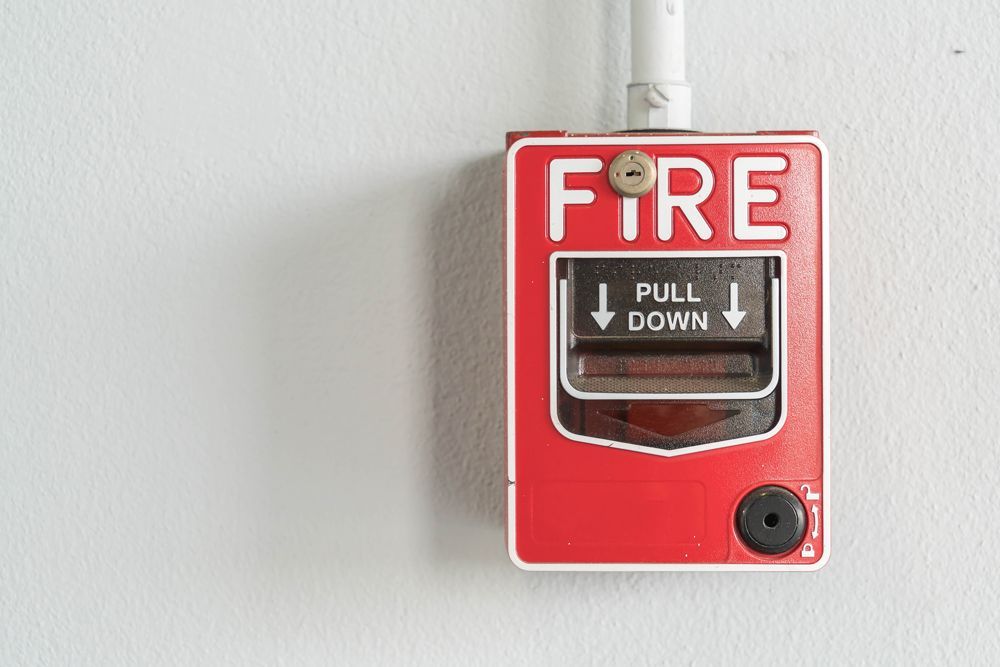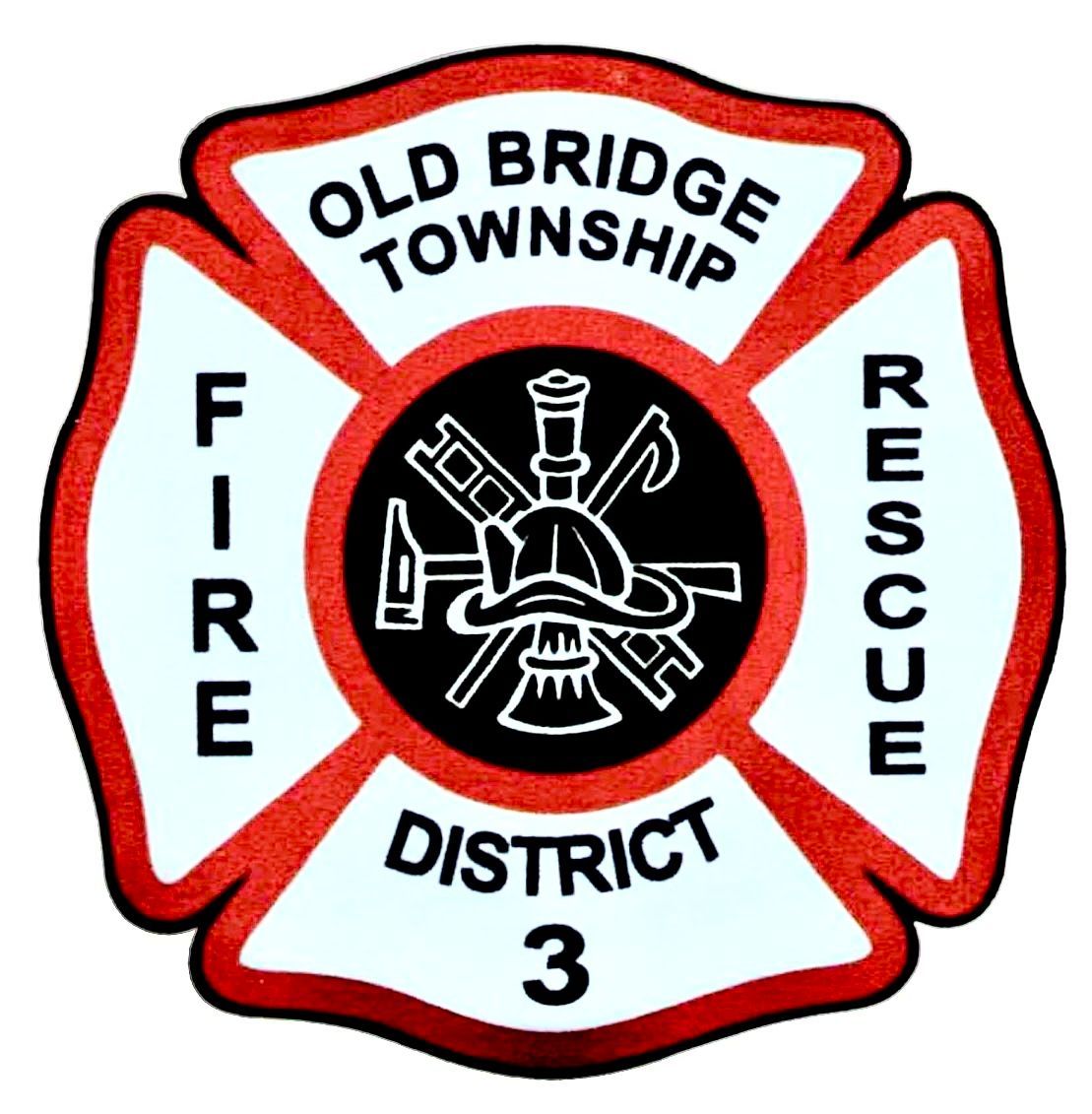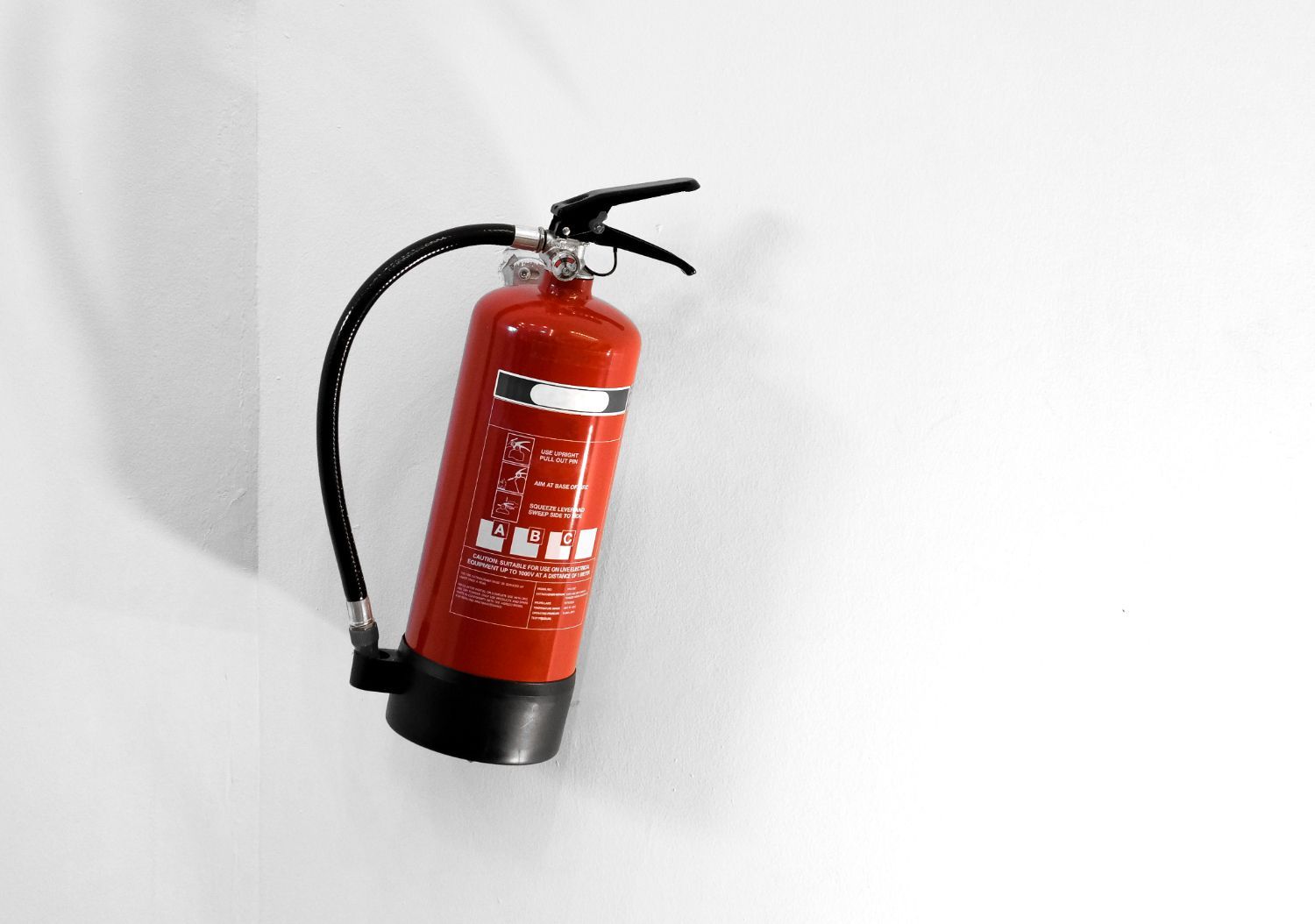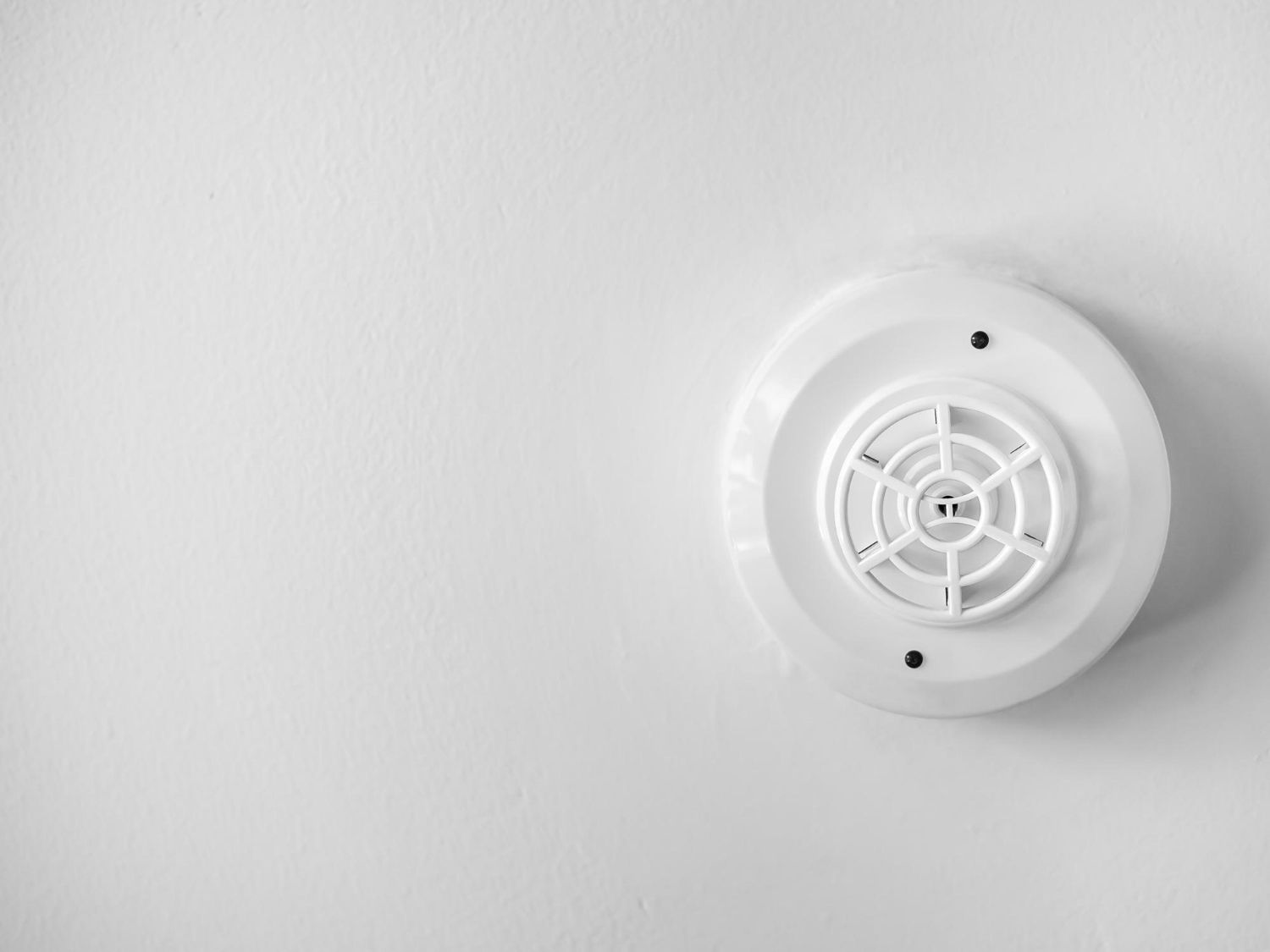Board of Fire Commissioners, Fire District 3,
Township of Old Bridge
Board of Fire Commissioners
Fire District 3
Township of Old Bridge
How Fire Alarm Systems Work: An In-Depth Guide

Fire is a powerful force that has the potential to cause extensive damage to life and property. In the United States, a fire department responds to a fire every 24 seconds, and in 2019 alone, fires caused 16.7 billion dollars in property damage. Offering fire protection services is crucial to safeguarding our communities, not only through comprehensive fire response and prevention but also through promoting advanced fire alarm systems.
At the Board of Fire Commissioners, Fire District 3, Township of Old Bridge, our mission is to protect lives and properties through our outstanding firefighting services, public education programs, and fire code enforcement.
As part of our commitment to providing the highest quality of services, we believe in the importance of educating our community about the value of possessing an effective fire alarm system in their homes and businesses. With this comprehensive guide, we aim to illuminate the significance of fire alarm systems, their components, various types, and their advantages in preventing and mitigating potential fire hazards.
A fire alarm system is an essential component of any fire protection strategy, acting as an early warning mechanism to alert occupants and fire response teams of a potential fire emergency. These systems monitor environmental changes associated with combustion, such as the presence of smoke or sudden temperature rises, and trigger alarms based on predefined parameters. Consequently, fire alarms provide an invaluable layer of protection, offering those affected crucial time to evacuate a building safely, and minimizing potential damages.
There are numerous variations of fire alarm systems available in today's market, designed to cater to the specific needs and requirements of different industries, organizations, and residential properties. These systems range from conventional fire alarms to more advanced, addressable systems, each having its own unique features and advantages. By understanding the mechanics of each, individuals are better equipped to make an informed decision on the best solution to protect their property and loved ones from the dangers of fire.
Join us as we dive deeper into the world of fire alarm systems, providing insights into their components, features, and the essential role they play in enhancing our fire protection services within the Board of Fire Commissioners, Fire District 3, Township of Old Bridge. Through continuous education and awareness, we can work together as a community to build a safer environment for ourselves and future generations.
Key Components of a Fire Alarm System
A fire alarm system comprises various interconnected devices and components which work together to detect and alert building occupants of a possible fire. The primary elements of a fire alarm system include:
- Alarm initiating devices: These sensors monitor the environment for signs of a fire, such as smoke, excessive heat, and flames. Examples include smoke detectors, heat detectors, and manual pull stations.
- Notification appliances: These devices alert building occupants of a fire through audio and visual means. They include horns, sirens, bells, strobe lights, and voice evacuation systems.
- Fire alarm control panel (FACP): This is the central hub that receives signals from initiating devices, processes these signals, and activates the notification appliances. The FACP also allows for the manual control and monitoring of the fire alarm system.
- Backup power supply: In the event of a power outage, fire alarm systems include a backup power supply, typically consisting of batteries, to ensure their continuous operation.
Types of Fire Alarm Systems
Fire alarm systems can be broadly classified into two main categories—conventional and addressable. However, their functionality can overlap, and hybrid systems, which combine both technologies, are also available. Understanding the distinctions between these categories can help individuals make informed decisions when selecting a fire alarm system that meets the specific needs and requirements of their property.
1. Conventional Fire Alarm Systems
Conventional fire alarm systems are the most basic type of alarm system, consisting of initiating devices connected to the FACP through separate circuits arranged in zones. When an initiating device detects a fire, it sends a signal to the FACP, which identifies the activated zone but not the specific device or location. These systems are suitable for small buildings or properties, where precise location identification is not critical.
2. Addressable Fire Alarm Systems
Addressable fire alarm systems are more technologically advanced and allow for greater precision in pinpointing the location and status of each initiating device. Each device in an addressable system possesses a unique identifier and is connected to the FACP through a loop. When an initiating device detects a fire, it sends a specific signal to the FACP, which then identifies the exact location of the triggered device. Addressable systems are ideal for larger buildings or properties that require finer detail in fire detection and response.
Benefits of Having a Fire Alarm System
Fire alarm systems serve a critical role in safeguarding lives and properties by providing an early warning of a potential fire. They offer numerous benefits, such as:
1. Early Detection and Response
An effective fire alarm system enhances the ability of occupants to respond promptly to a fire, resulting in reduced fire-related injuries, fatalities, and property damage. The early detection provided by fire alarms also enables fire departments like the Board of Fire Commissioners, Fire District 3, Township of Old Bridge to react quickly, mitigating the fire's impact.
2. Improved Evacuation Procedures
Having an efficient fire alarm system in place can improve a building's emergency evacuation procedures, as the alarms warn occupants about the fire and direct them to the nearest escape route. In large buildings, addressable fire alarm systems can be especially beneficial as they provide precise information for first responders to prioritize evacuation and rescue efforts.
3. Compliance with Fire Codes and Regulations
Fire alarm systems ensure adherence to local fire codes and regulations, protecting property owners from potential penalties and legal repercussions. These regulations often require the installation and regular maintenance of fire alarm systems in both residential and commercial buildings to ensure a baseline level of fire safety.
4. Reduced Insurance Premiums
Property owners with fire alarm systems tend to benefit from reduced insurance premiums. Insurance companies typically consider properties with fire alarm systems to be less risky, as early fire detection and notification significantly decrease damage costs.
Investing in Fire Safety
Investing in a reliable fire alarm system is essential to protecting lives, properties, and assets from the devastation that fires can cause. Properly selecting, implementing, and maintaining an appropriate fire alarm system tailored to a building or property's requirements significantly contributes to a safer and more resilient community.
At the Board of Fire Commissioners, Fire District 3, Township of Old Bridge, we are dedicated to providing the highest quality of services to our community members by offering incident response, public education, and fire code enforcement. By understanding the importance and functionality of fire alarm systems, individuals can take a proactive approach to creating a safer environment for themselves, their families, and their neighbors.
Remember, early detection and intervention are keys to effective fire prevention and response. Equip your homes and businesses with fire alarm systems and be a proud contributor to a safer Board of Fire Commissioners, Fire District 3, Township of Old Bridge community.






Phone: 732-723-1124 | Email: firedistrict3@obfd3.com
Address: 913 Englishtown Road Old Bridge, New Jersey 08857
We are closed daily from 12 Noon to 1pm for lunch
© 2023 All Rights Reserved | Board of Fire Commissioners, Fire District 3, Township of Old Bridge
All Rights Reserved | Board of Fire Commissioners, Fire District 3, Township of Old Bridge









